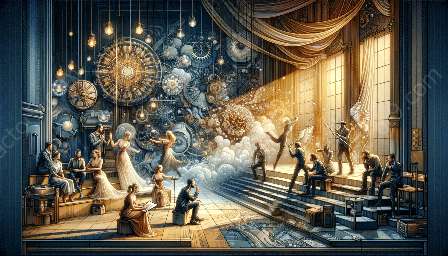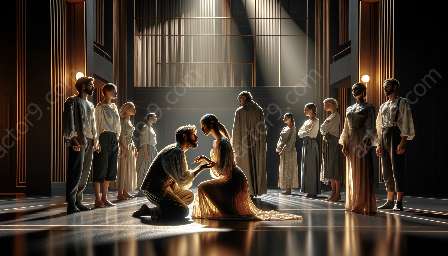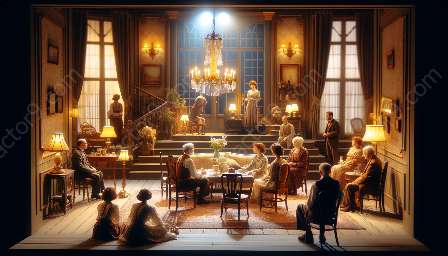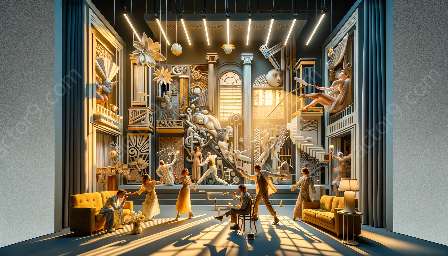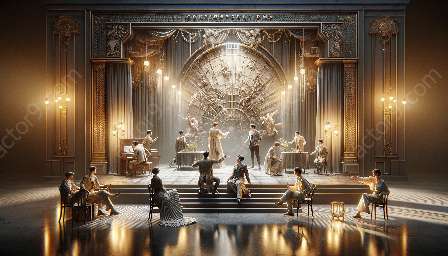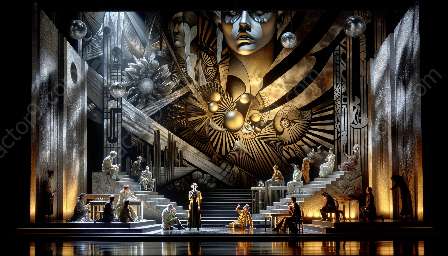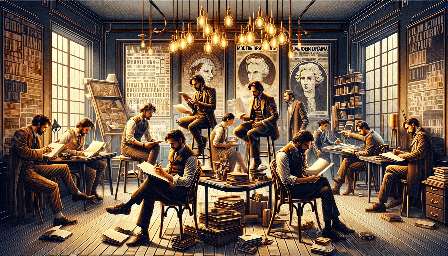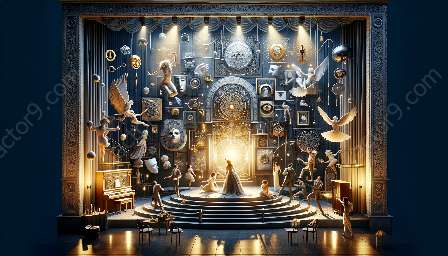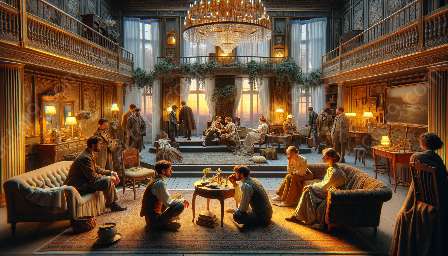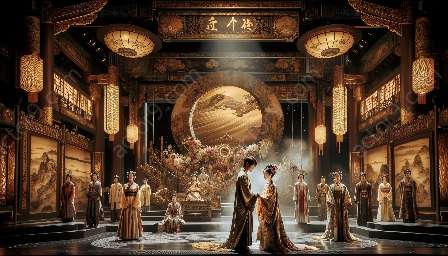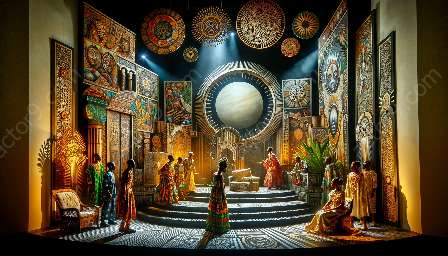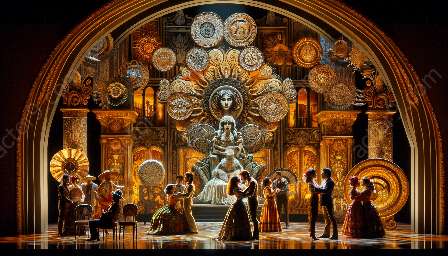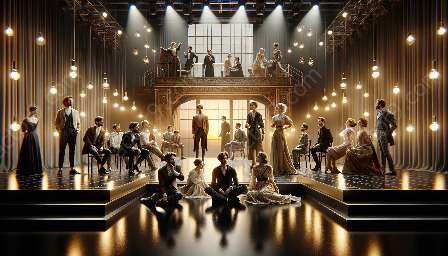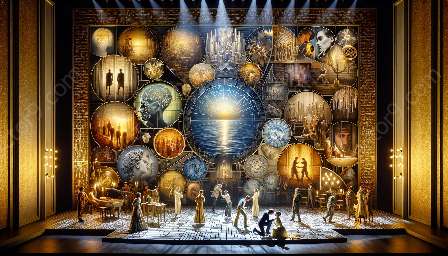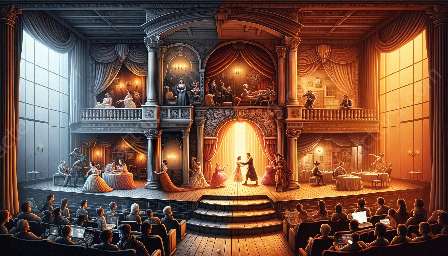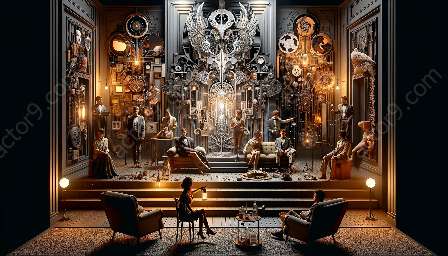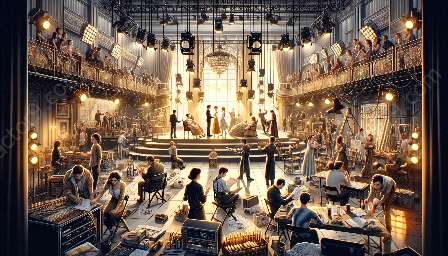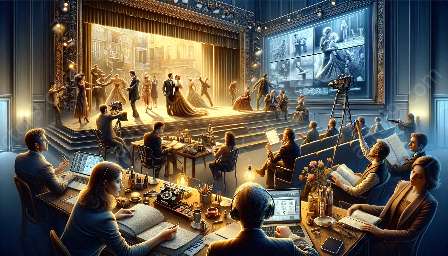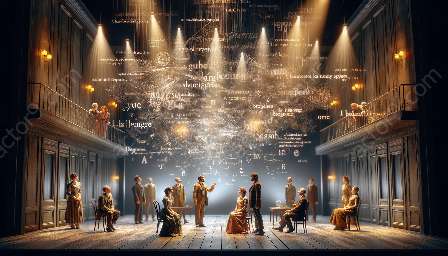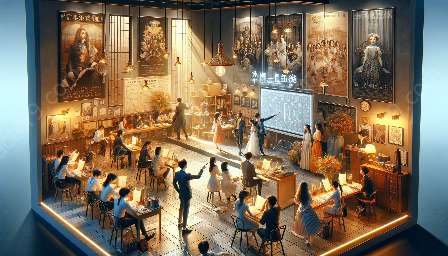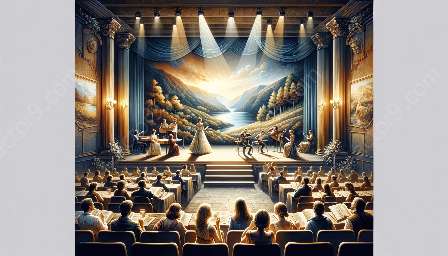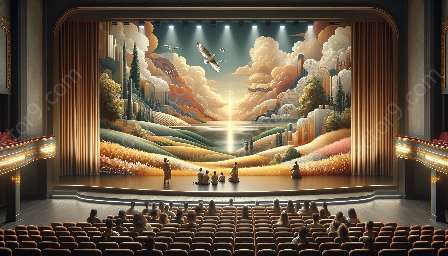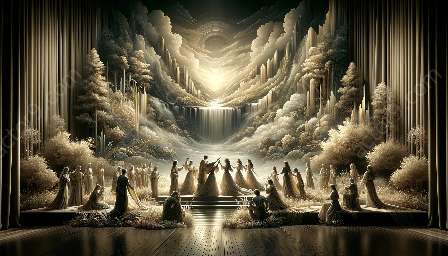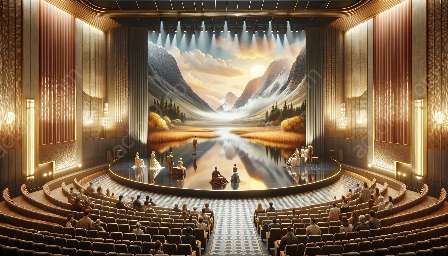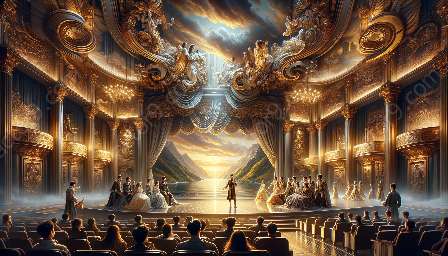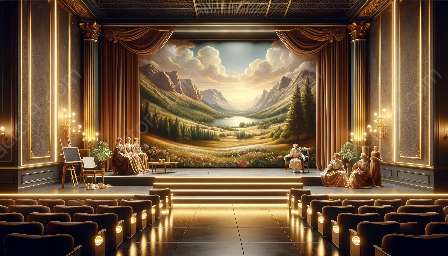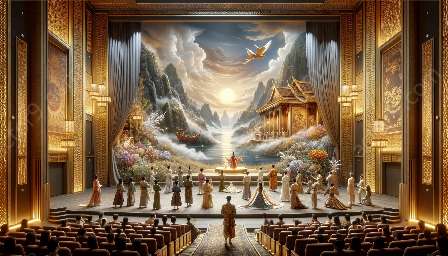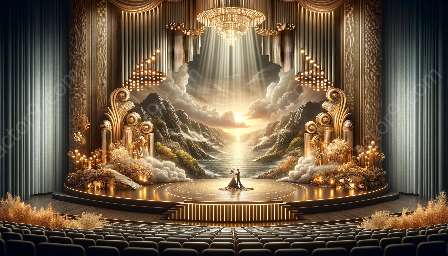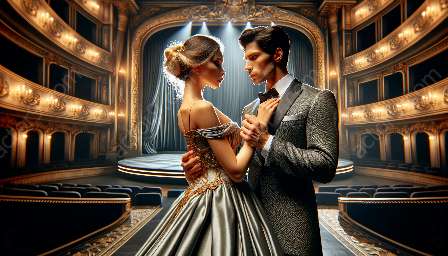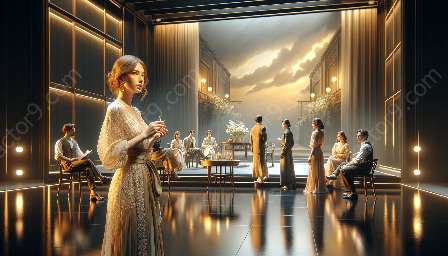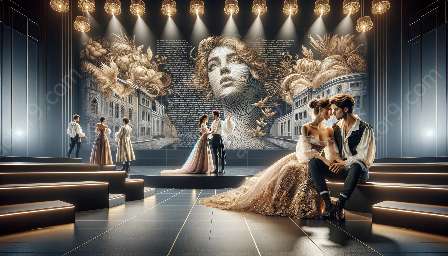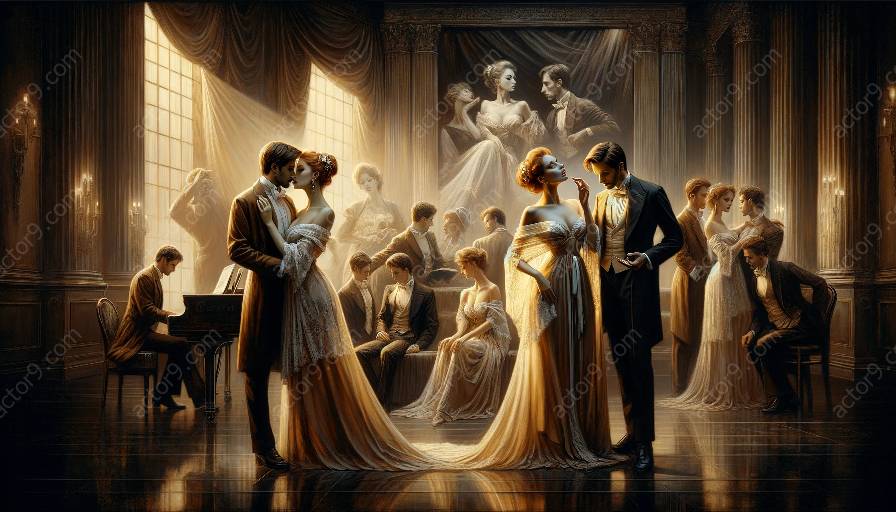Modern drama has significantly impacted theater design, transforming the way audiences experience performances. This topic cluster explores the evolution of modern drama and its implications on theater architecture.
History of Modern Drama
Modern drama emerged as a literary and theatrical movement in the late 19th and early 20th centuries, reflecting the societal, political, and cultural changes of the time. Influential playwrights such as Henrik Ibsen, Anton Chekhov, and George Bernard Shaw challenged traditional dramatic conventions, introducing realism and addressing contemporary social issues.
Characteristics of Modern Drama
Modern drama is characterized by its departure from the romantic and idealized portrayals of earlier theatrical eras. Playwrights sought to present a more authentic depiction of human experiences, often delving into themes of existentialism, alienation, and disillusionment. The use of innovative narrative techniques and non-linear storytelling also became prominent features of modern dramatic works.
Key Elements of Modern Drama
Central to modern drama is the emphasis on psychological depth and the exploration of complex characters. The genre often explores the inner workings of the human mind and emotions, challenging audiences to confront uncomfortable truths and existential dilemmas.
The Impact on Theater Design
The evolution of modern drama brought about significant changes in theater design, influencing architectural and technical aspects of performance spaces. Multiple aspects of theater design were transformed to accommodate the new dramatic sensibilities, including:
- Flexible Seating Arrangements: Traditional proscenium arch stages gave way to more flexible seating arrangements that allowed for increased intimacy between actors and audience members. Experimental theater spaces, such as black box theaters, emerged to provide versatile performance settings for modern plays.
- Technical Innovation: Advances in lighting, sound, and staging technologies revolutionized theater design, enabling more dynamic and immersive experiences for audiences. The integration of multimedia elements and innovative stage mechanics became integral to modern theater productions.
- Adaptation of Performance Spaces: The design of performance venues evolved to accommodate the diverse and unconventional staging requirements of modern dramas. This led to the creation of non-traditional theater spaces, such as thrust and in-the-round stages, to better align with the distinct storytelling techniques of modern playwrights.
Significance in the History of Modern Drama
The impact of modern drama on theater design is significant in understanding the evolution of the dramatic arts. The symbiotic relationship between dramatic innovation and architectural adaptation reflects the ongoing dialogue between artistic expression and spatial representation. By examining the evolution of theater design in response to modern drama, historians and theater enthusiasts gain insight into the dynamic interplay between form and content in the performing arts.


